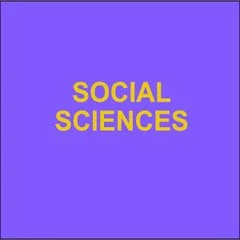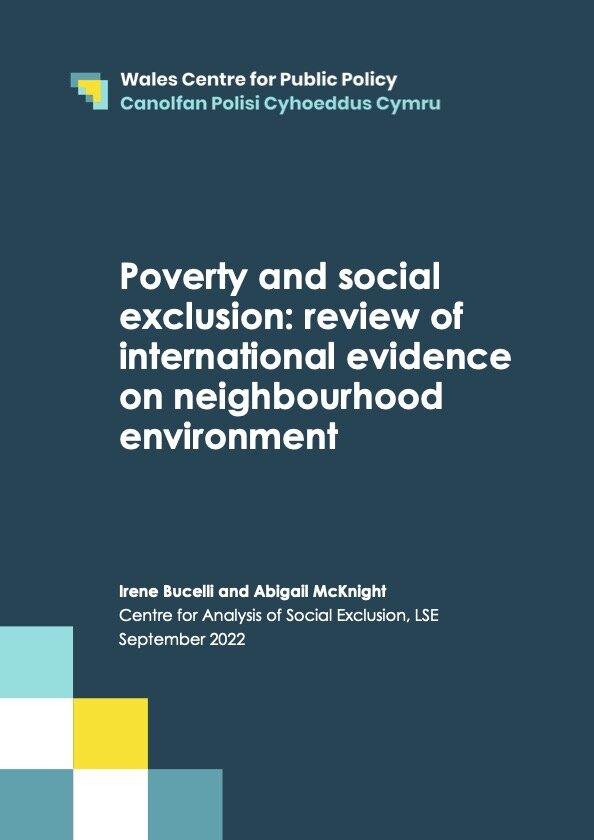By Miller, Kyle A.; Lohn, Andrew J.
From the document: "This report highlights how constraints can create a gap between the AI that sets performance records and the AI implemented in the real world. We begin with a brief explanation of why one would run AI onboard a device, as opposed to a cloud or data center. Part two overviews constraints that can inhibit models and compute hardware from running onboard. Part three investigates three case studies to illuminate how these constraints impact AI performance: computer vision models on drones, satellites, and autonomous vehicles. These case studies are only meant to elucidate the constraints on various systems, and are not meant to be a comprehensive assessment of constraints across all or most systems that could use onboard AI. Part four provides a broad assessment of trends based on findings from the case studies, and considers how they might impact onboard AI functionality in the future. Part five concludes with recommendations to better manage the constraints of onboard AI."
Georgetown University. Walsh School Of Foreign Service. Center For Security And Emerging Technology





















